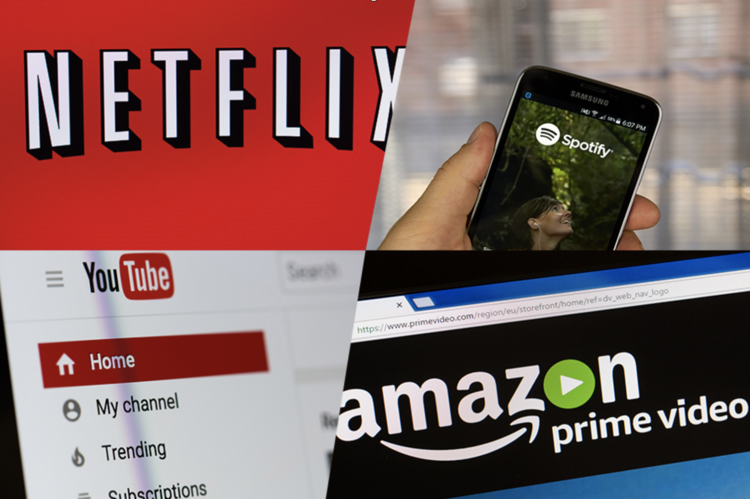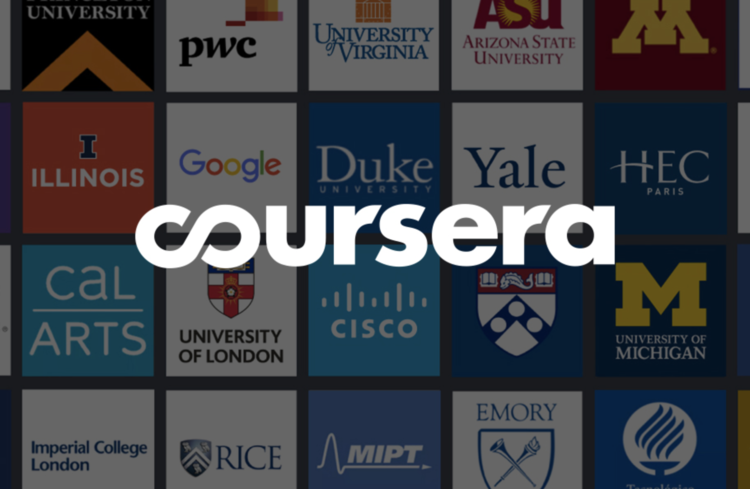What can health plans learn from the retail industry’s success with consumer engagement?
A lot, it turns out. Leading retail organizations have been using important digital-first principles for a couple of decades now. This approach has not only transformed the expectations of everyday consumers for all organizations they encounter (including healthcare) but has also driven profits through the roof for these companies.
Take a moment to think about it. When you sign into Amazon, everything you experience as an end user is seamless and customized. From the presentation of personalized recommendations on your homepage (which is different for every customer) to the fast and easy delivery of your items. It’s all frictionless and crafted for the consumer.
Where does this leave healthcare? Well, even though health plans are not direct competitors of Amazon (or even in the same industry), their members live in an Amazon world and now have expectations set for this kind of consumer experience across all areas of their lives – food delivery, online retail, and yes, healthcare. The challenge for healthcare organizations now becomes leveling up to those expectations and harnessing these digital-first principles to improve their members’ experiences and inspire healthy behaviors.
The first step toward that goal is understanding that members are no longer just members. They have become fully-fledged consumers of healthcare services and treating them as such is a critical way for plans to be competitive in a digital-first world.
Beyond the Consumer Mindset: Implementing a Digital-First Experience
Simply shifting your view of your members to consumers, however, is not enough. There are significant foundational and technological changes that must be implemented to truly realize this concept and transform the experience.
- Using Data to Customize the User Experience – Without data, customizing the experience in this way is impossible. Plans have more data at their disposal than you might think, though. From claims data and satisfaction surveys to engagement data from previous communications programs, it can all be leveraged to customize the experience. This results in tailored tools and resources at every point across their unique journey.
- Streaming Health Content – 5% of all Google searches are for health information. That is a lot of people turning to the internet for health education instead of their plan or provider. That also highlights the fact that health literacy is a prevalent issue and a contributing factor to inaction among members. Plans are in a unique position to increase health literacy by providing health education to their consumers with commercial quality streaming health content to sustain engagement, deliver the information that consumer needs at that point in time, and ultimately drive healthier actions at scale.
- An Omnichannel Approach – Combining an omnichannel approach with orchestration of resources and channels helps plans reach members in the way they prefer while allowing plan investments to perform with higher results and efficacy. Using a combination of 1 on 1 care coordination, interactive voice response (IVR), mobile web, resource triaging through AI short message service (SMS), multimedia message service (MMS) and rich communication services (RCS) channels are a few examples of digital ways to engage and activate more consumers.
- Behavior Science and Conversational AI – Behavior science is a foundational tool for large tech companies to drive specific behaviors in their consumers and ignite growth. It’s healthcare’s time now to take from those lessons and apply them to the health of their members. Health programs and services that seek to understand the intricacies of human behavior and leverage these techniques will significantly increase engagement.
Want the full version of this content? Access the complete white paper, From Members to Consumers »
The Members to Consumers White Paper
By implementing digital trends that drive engagement in the retail landscape, health plans can replicate this success for their population. Leading brands have had to continually stay aligned to trends and keep a high-touch strategy in place to drive sales. Health organizations are in a unique position to leverage consumer insights to refine their strategy, inspire consumers to take action, and lower costs, because unlike Apple or Amazon, health is a necessity. Ensuring your health consumers continually have a positive experience and adopt healthier behaviors based on their individual health needs is critical to drive health outcomes.
This article gives just a peek into the ways health plans can serve that experience to their members. To get the full version of this content, including case studies from plans who have implemented digital-first techniques, download the white paper, From Members to Consumers: How plans are adopting popular digital trends from leading consumer brands to drive better health outcomes.







